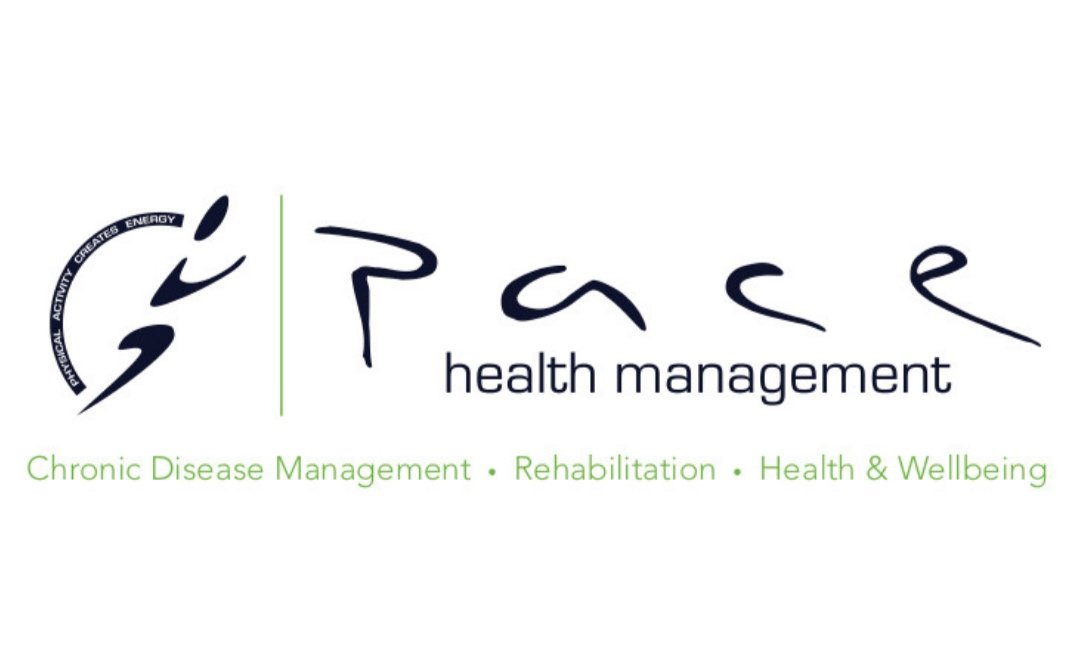Resistance Training for Adolescence
When is it appropriate for children to perform strength training???
Resistance training at any age is a highly effective way to improve sporting performance, reduce injury risk, improve quality of life and decrease risk of chronic disease.
Strength/ resistance training in children and adolescents has been unfairly treated in the past, largely due to misinformation surrounding its effectiveness and safety.
So is weight training safe for my child to perform? Is there any real benefit to be gained? Will it stunt their growth or increase their risk of injury?
A common concern people have with resistance training for youth’s is the risk of injury and stunting growth. It is a common myth that children shouldn’t start lifting weights until they are fully matured as it stunts their growth due to damaging the growth (epiphyseal) plates, which are responsible for creating growth of the long bones. These growth plates are highly resistant to shearing forces, which are the kind of forces put through the bones during activity. Research has identified that injury rates in youths performing resistance training are lower than injury rates in competitive sports. When we look at injury rates in competitive sports, it is also documented that injury rates are lower in the youths who complete resistance training, compared to their non-trained counterparts. That is to say, adolescents completing resistance-based training are less likely to be injured in the gym than in sport, and less likely to be injured in their chosen sport if they regularly complete resistance training at the gym.
So why are these injury rates reduced?
When resistance training is performed correctly, including proper technique and coaching, appropriate exercise selection, suitable load and repetitions, rest periods and tempo (speed of movement), it will create specific adaptations to the athlete’s body and more importantly neural system. The main improvement we aim to achieve in coaching youths is improved development of motor control/ patterns. By improving how they move, we can achieve greater strength, speed and power, which can be translated to the sporting realm. This improved movement pattern also means the young athlete is better at jumping, landing, running, etc in a safe and effective manner. That is to say they more effectively disperse the load between working muscles, opposed to over working muscles, or incorrectly loading joints. Appropriately designed and well-supervised resistance training programs actively prevent injury by increasing the strength of supportive tissues (muscles, tendons, ligaments) as well as improving movement patterns such as running, jumping and landing.
“You can’t teach an old dog new tricks”, an age-old adage that couldn’t hold more truth. An adolescent athlete has a greater ability to learn and perfect new skills than their adult equivalent. Why? Our capacity to learn and adapt is greatest at a young age, particularly during adolescence.
This occurs through a concept known as neural plasticity, referring to the brain’s ability to adapt, learn and take on new skills such as learning a language. It is at its highest during adolescence, hence our capacity to learn so fruitfully during this period of development.
For this reason it’s important to lay the foundations of correct movement at a young age, particularly fundamental movement patterns. An adolescent athlete that engages in resistance training and learns complex movement patterns, such as squatting, will be far more efficient and resistant to injury than their non-trained counterparts.
Becoming more efficient opens up an athletes potential to be stronger, run faster, jump higher and work (train) for longer periods, the building blocks of athletic performance.
There are long lasting benefits of completing resistance training at a young age, including a protective effect against Osteoporosis through increased bone mineral density at a developmental age, as well as a protective risk factor against obesity later in life, due to increased lean muscle mass.
Resistance/weight training can also significantly improve self-esteem, confidence and social interaction. Emotional health can be a serious issue during adolescence so anything that positively influences their self-image and sense of identity throughout development is invaluable and will have flow on effects to all aspects of their life.
The focus of any good adolescent resistance training program won’t be lifting heavy weights, rather on continually challenging and developing their motor control & coordination, mainly controlling their own body weight.
It’s important the individual learns to move efficiently and feels confident before adding any weight or loading.
PACE specialises in developing individualized programs, across all ages & sports, to minimize the risk of injury & give our athletes that competitive edge we’re all after. For more information contact us at info@pacehm.com.au
